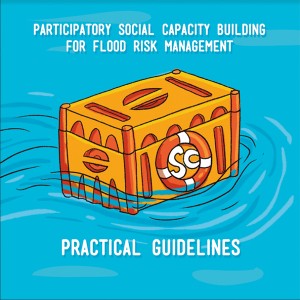
Practical Guidelines




While coming decades are likely to see a higher flood risk in Europe and greater socio-economic damage, traditional flood risk management approach has become inefficient (EEA, 2011, D 2007/60/CE). New approaches, such as capacity building, have recently been incorporated in natural hazards prevention policy (Hyogo Framework for Action and IPCC reports). However, further evaluation is required. In this project we focus on the development of two related local resilient capacities that are crucial to reduce risk and mitigate adverse consequences: social capacity and civic capacity. Social capacity has been defined as the resources available at various levels (individuals, organizations, communities) that can be used to anticipate, respond to, cope with, recover from and adapt to external stressors (Steinführer et al., 2009). Civic capacity, which could be understood as one of these resources, refers to the ability that a community has to articulate different stakeholders (governmental and non-governmental) concerning with collective problems (Stone, 2001).
This project aims to:
a) design two consistent tools to assess and develop social and civic capacities to cope with flood risk at local level,
b) apply these tools in 5 pilot urban case studies in different European river basins in order to identify good practices and illuminate how these capacities could be built and,
c) disseminate our results through a Guideline on social and civic capacity building.
Several studies have linked social capacity with public involvement in the implementation of risk prevention policies (Kuhlicke and Steinführer, 2010; Kinney, 2012). In this vein, this applied project uses a participatory capacity building approach. Taking into account the EU Floods Directive commitment with public participation, this proposal aims to move forward in this direction, fostering a culture of prevention and opening up new opportunities to build and replicate resilient capacities at local level.
